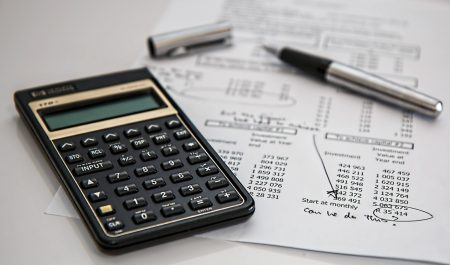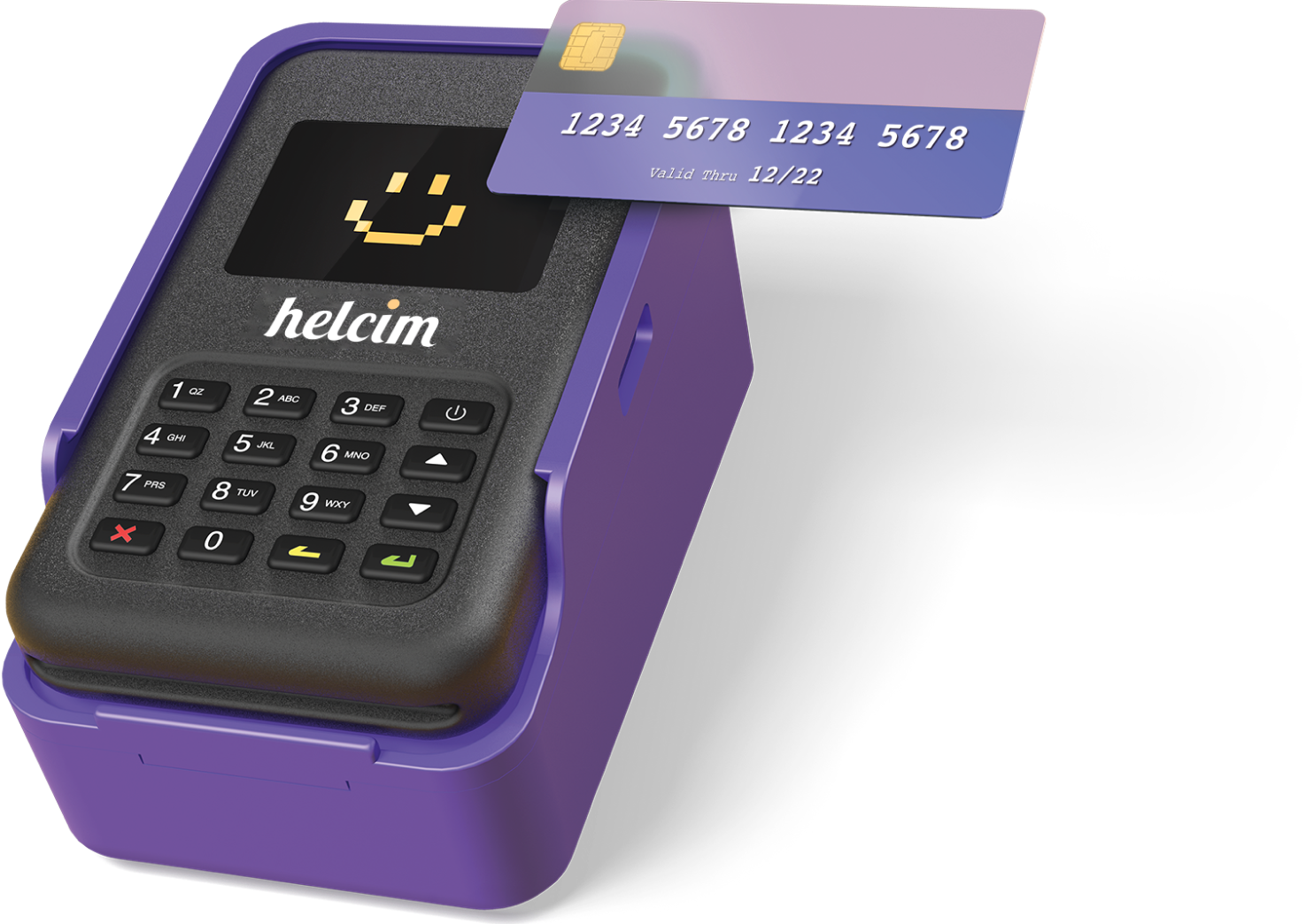A bank number is also known as a bank code. It is a special number possessed by different bank institutions for transaction purposes. A bank code is usually given by the Central banks of a country to all the banks under its supervision as a means to identify the different bank institutions.
In Canada, a bank number is a combination of two kinds of codes; the transit number and the specific bank or institutional number. The transit code consists of three (3) digits while the institutional code consists of five (5) digits. The total digit of a Canadian bank number is eight (8).
Transit Code
A transit code is a five-digit number that is used to identify a specific bank branch. It is placed at the bottom of a customer’s checkbook on the left side of the institutional code, followed by an account number. It can also be accessed through the bank’s online portal or a bank statement or official correspondence.
A transit code is quite necessary for fund transfers either for personal or business purposes. The transit code is used to identify Canadian banks and other financial institutions in the country when international money transfer is involved.
The code will be required when making an international direct bank transfer in any Canadian bank. However, the numbers are integrated into IBAN, SWIFT, and other international banking identifier platforms.
Institutional Number
The institutional number or code is a three-digit number that is used to identify a particular bank. Each Canadian bank has a unique three-digit number particular to them. A bank’s institutional code does not change, unlike the transit code that varies with the bank’s location.
List of Different Canadian Banks Numbers
| Financial institution | Code |
| Bank of Montreal | 001 |
| Scotiabank (The Bank of Nova Scotia) | 002 |
| Royal Bank of Canada | 003 |
| The Toronto-Dominion Bank | 004 |
| National Bank of Canada | 006 |
| Canadian Imperial Bank of Commerce | 010 |
| HSBC Bank Canada | 016 |
| Canadian Western Bank | 030 |
| Laurentian Bank of Canada | 039 |
| Bank of Canada | 177 |
| Alberta Treasury Branches | 219 |
| Royal Bank of Scotland N.V. (Canada Branch) | 240 |
| Bank of America, National Association | 241 |
| The Bank of New York Mellon | 242 |
| Bank of Tokyo-Mitsubishi UFJ (Canada) | 245 |
| BNP Paribas (Canada) | 250 |
| Citibank Canada | 260 |
| Deutsche Bank AG | 265 |
| Mega International Commercial Bank (Canada) | 269 |
| JPMorgan Chase Bank National Association | 270 |
| Korea Exchange Bank of Canada | 275 |
| Mizuho Corporate Bank Ltd. Canada Branch | 277 |
| UBS Bank (Canada) | 290 |
| Société Générale (Canada Branch) | 292 |
| State Bank of India (Canada) Alberta | 294 |
| Sumitomo Mitsui Banking Corporation of Canada | 301 |
You can access the codes of other banks here
How To Find a Canadian Bank Number
An individual or business’ bank number can be found in the customer’s checkbook. It is located at the bottom of the checkbook alongside the transit code and account number. The institution code comes after the transit code followed by the account number.
Canadian bank numbers can also be gotten from the bank’s online portal, bank statement, bank deposit, or through the bank’s customer care unit.
Conclusion
Bank number was initiated into the banking system to facilitate its operations. It has helped in the ease of household bill payments, transfer and receiving of funds from the international community, and also helps in the quick payment of employees’ salaries.
It was specifically designed to help fast-track banks’ electronic services (e-banking), and it has been quite an advantage.






